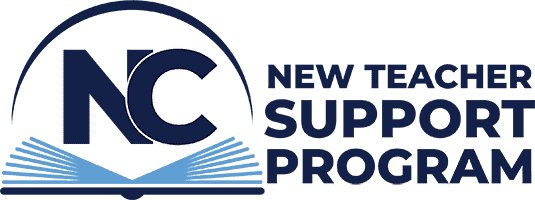Why Every Class Needs Read Alouds: The Importance of Reading to Students of All Ages and Stages
“Reading aloud is important from infancy through the high school years. Families and teachers can create and continue a tradition, introduce and reinforce the pleasures of reading, and, as children get older, set the stage for meaningful conversations about numerous topics” -Derry Koralek
March was Read Aloud month and this month’s blog will celebrate and promote the importance of incorporating them into your class, whether you teach preschool or high school. There are many benefits of reading to children at every stage, from early childhood and beyond. Check out the linked resources to learn more about why!
http://www.readaloud.org/index.html
Reading out loud to students creates a love of reading and is a great bonding activity, but why else should we implement it in our classrooms? Using read-alouds supports literacy behaviors! Brain Development, vocabulary, literacy skills and content knowledge all can be taught when you open a book and read to your students.
You can use a variety of texts to read to your students. Picture books, novels, articles, magazines, poetry and student writing can all serve as read alouds. Make sure you put thought into your text selection, preview and practice, emphasize your teaching points, take the opportunity to model fluency and reading with expression, and that you guide discussion through your questioning. Check out these implementation practices and these components of a read aloud for more tips!
As you read, remember to pace yourself! You do not have to get it all done in one day. Create norms, or even an anchor chart with teacher and student expectations. Determine your signals and procedures for asking questions and demonstrating opinions. Thumbs up signals, silent applause, a document camera, and/or a paper or digital reflection space can support the experience!
If you are looking to get more books into your classroom, keep the following ideas in mind:
- Free or Cheap
- Your School or Public Library
- NC Kids Digital Library
- Librivox
- Epic
And remember, do not underestimate the power of a good picture book, no matter the age of your students!
Contributor: Kathy Fields, UNC
